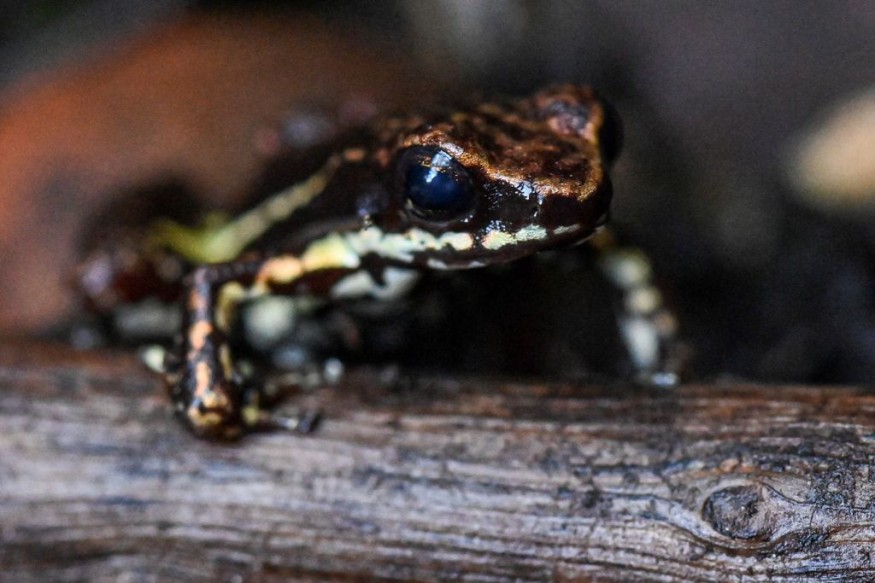Amputated legs of frogs regrow when researchers used a regenerative cocktail comprising of five chemical. The study shows the frogs can feel their grown limbs with blood vessels, bones, and nerves inside them.
According to Science Advances, the scientific community is continuing to research unexplored areas of the topic of regenerative medicine.
Methods Used to Regrow Amputated Legs of Frogs

The said study was conducted by researchers from Tufts University and Harvard University's Wyss Institute. New Scientist reported that researchers found that adult frogs do not usually regrow a lost leg, but regeneration is made possible with a biodome, a small cylindrical device with a silk gel.
Prior to obtaining the result of the experiment, they inserted five regenerative chemicals into the device. The researchers of the study amputated the hindleg of 115 frogs and separated them into three groups.
Methods of the Experiment
First, the scientists placed the first group of frogs wearing the biodome device loaded with the chemicals into their wounds
Meanwhile, frogs in the second group wore the device without the chemical cocktail. Lastly, the frogs in the third group were left without any device and chemicals on their wounds.
The specific mechanics of the experiment was elaborated by Nirosha Murugan of Algoma University in Ontario, Canada, and one of the authors of the study. Murugan stated that with the cocktail, they put the big signals in to restart the major regenerative pathways in the frog's body.
The researchers then waited for one and a half years to examine the three groups. The study showed that the researchers observed the first group of frogs resembled almost fully grown limbs, which the latter can use to stand, swim, and push off walls.
Long-Term Objective in the Field of Regenerative Medicine
In the field of regenerative medicine, the researchers of the study's long-term goal are to regrow lost limbs and organs in the future. The lack of a solution to human limb loss will highly affect diabetics, water veterans, trauma survivors, and others no option but to go for amputation, says the study.
Despite the lack of a complete or a grand narrative of the results, the recent study is still significant even the subjects are only frogs.
Additionally, the study will pave the way for additional research to improve the growth of limbs for frogs and mammals using drugs, as per Science Daily. Under these developments, succeeding research surrounding regenerative medicine may likely be applied to humans in the future as current studies about the topic continue.
According to Murugan and the other researchers of the study, cases of human limb loss in the US alone are expected to increase gradually in the next 30 years, which may affect 3.6 million people.
The Amputee Coalition, a non-profit organization in the US, stated there are almost 2 million people living with limb loss across the US. The organization added that over the past decade, hospital costs related to amputation had reached more than US$8.3 billion.
© 2025 NatureWorldNews.com All rights reserved. Do not reproduce without permission.





